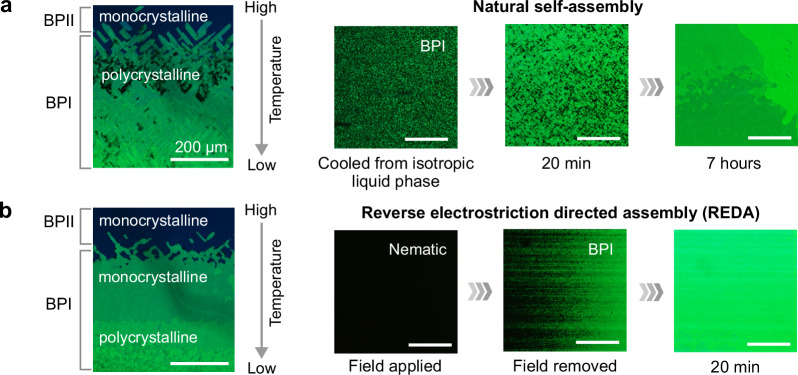Fig. 2. Natural self-assembly via cooling vs. reverse electrostriction directed assembly (REDA).
a, b Polarized-optical-microscope images of a BPLC with temperature gradient of ~0.8 °C/mm closed to the BPI–BPII phase-transition point of 31.7 °C (left) and the dynamics of crystal growth (right): a crystal growth via direct cooling from the isotropic liquid phase (see Supplementary Movie 1 for video), b crystal growth via relaxation from a highly ordered state (i.e., the field-induced nematic phase) upon field removal (see Supplementary Movies 2 and 3 for videos). REDA enables the formation of a BPI single crystal near the BPI–BPII phase-transition point. Temperatures are maintained at ~0.1 °C below the phase-transition point. Surface-alignment films were rubbed from left to right.

